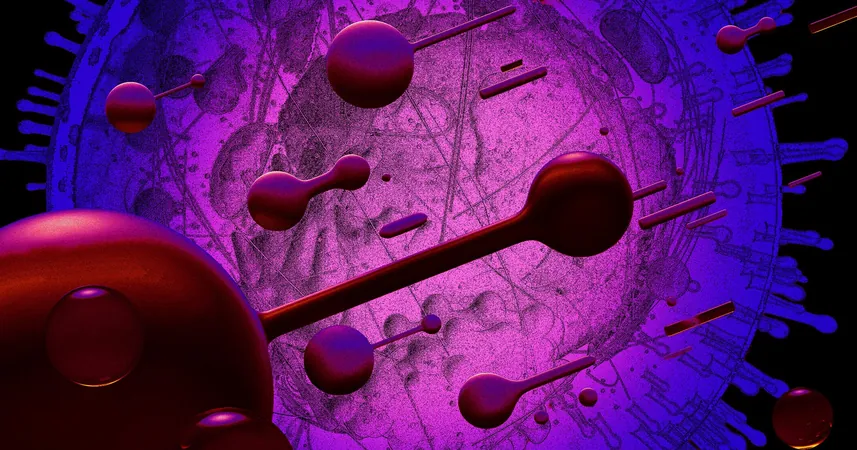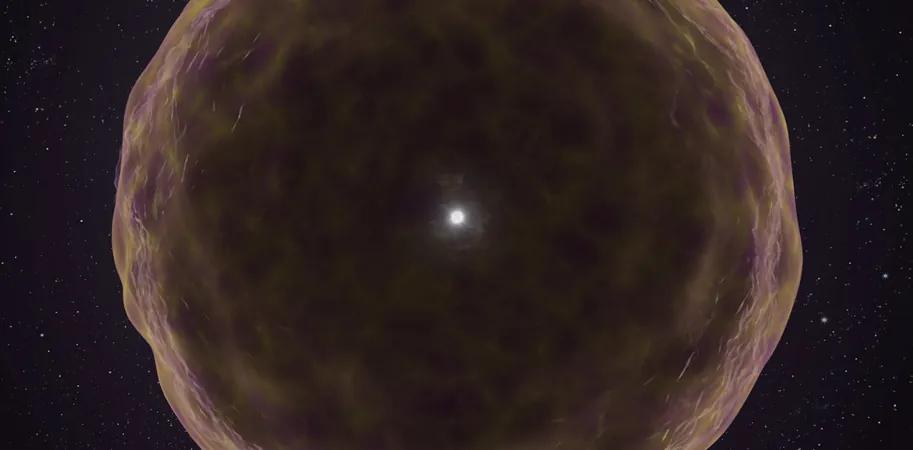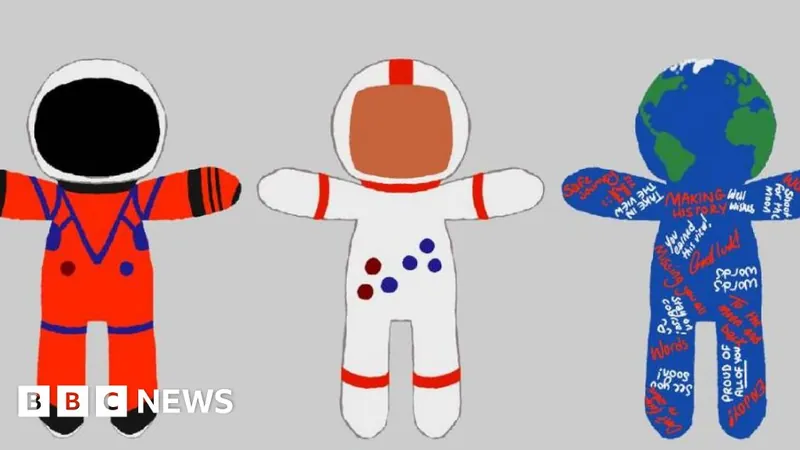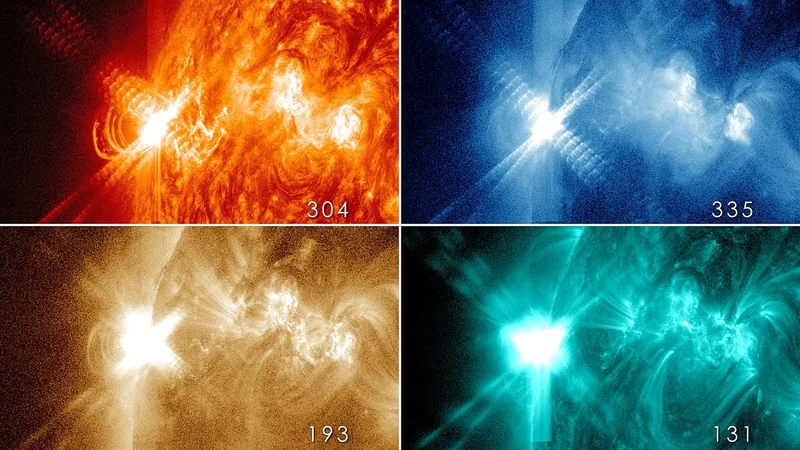
Breakthrough Discovery: Scientists Unravel the Mystery of Life's Origins!
2025-08-30
Author: Charlotte
Unlocking the Secrets of Life's Beginning
Have you ever wondered how the building blocks of life managed to come together to create the first living organisms? This is one of biology's greatest mysteries, and researchers may have just taken a giant leap forward in answering it.
In a groundbreaking study published in *Nature*, a team of biologists has revealed how RNA molecules and amino acids could potentially unite through random interactions to form proteins—essentially the workhorses of life that perform nearly every function inside a cell.
The Chicken-or-Egg Dilemma of Life
Proteins are vital for cellular function, yet they cannot replicate themselves. Instead, they are synthesized within a cell's ribosomes, guided by RNA instructions. This creates a classic chicken-and-egg dilemma: proteins are needed for cells to exist, but proteins are created by these very cells. Thanks to this new research, we've caught a glimpse of how proteins might have formed before the existence of these molecular factories.
Study coauthor Matthew Powner, a chemist at University College London, shared his insights: "We have achieved the first step in this complex puzzle using simple chemistry in water at neutral pH to link amino acids to RNA. This spontaneous chemistry could very well have occurred on early Earth."
Amino Acids from the Cosmos?
Amino acids, the fundamental components of proteins, have existed much longer than life itself on Earth. Remarkably, samples collected from asteroids have revealed the presence of amino acids and the five critical ingredients—nucleotides—of DNA and RNA, hinting that the building blocks of life may have extraterrestrial origins.
However, amino acids do not easily bond on their own; some catalyst was needed to spark the chemical reactions crucial for life as we know it.
A Surprising Catalyst: Pantetheine
To uncover this catalyst, researchers studied a reactive molecule known as pantetheine, which plays an essential role in metabolism. Past research suggested that pantetheine was likely abundant in the freshwater lakes of early Earth.
When combined with amino acids in a watery mix, the results were astonishing. The researchers discovered that pantetheine facilitated the creation of a compound called aminoacyl-thiol, which then reacted with free-floating RNA in neutral pH conditions, linking the amino acids together.
A Needle in the Haystack?
Powner remarked, "In a scenario where amino acids and RNA are present along with thiols—sulfur molecules—this reaction seems almost inevitable." However, there's a caveat: the concentrations of pantetheine necessary for these reactions may not have existed in Earth's primordial oceans, leading researchers to speculate that life may have originated in smaller, less diluted freshwater bodies.
Chemist Nick Lane, who did not participate in the study, cautioned that the amino acid chains produced are fundamentally random and chaotic, unlike the structured ones created by ribosomes, leaving a gap in understanding how orderly life emerged from this chaos.
What’s Next in the Quest for Answers?
Despite these challenges, the study offers a tantalizing glimpse of possibilities. Given billions of years of random chemical reactions, who knows what could arise?
For more insights on the origins of life, researchers continue to explore evidence suggesting that the first life on Earth may have come from materials found in outer space. Stay tuned as we track these exciting developments that could redefine our understanding of life's beginnings!









 Brasil (PT)
Brasil (PT)
 Canada (EN)
Canada (EN)
 Chile (ES)
Chile (ES)
 Česko (CS)
Česko (CS)
 대한민국 (KO)
대한민국 (KO)
 España (ES)
España (ES)
 France (FR)
France (FR)
 Hong Kong (EN)
Hong Kong (EN)
 Italia (IT)
Italia (IT)
 日本 (JA)
日本 (JA)
 Magyarország (HU)
Magyarország (HU)
 Norge (NO)
Norge (NO)
 Polska (PL)
Polska (PL)
 Schweiz (DE)
Schweiz (DE)
 Singapore (EN)
Singapore (EN)
 Sverige (SV)
Sverige (SV)
 Suomi (FI)
Suomi (FI)
 Türkiye (TR)
Türkiye (TR)
 الإمارات العربية المتحدة (AR)
الإمارات العربية المتحدة (AR)